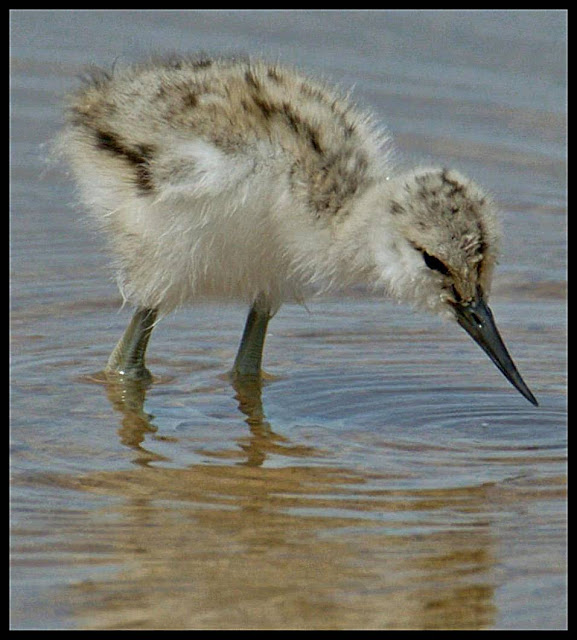
The Mallard, or wild duck (Anas platyrhynchos), is a familiar and widespread dabbling duck with a presence across temperate and subtropical regions of the Americas, Eurasia, and North Africa. It has also been introduced to parts of the Southern Hemisphere. The male is renowned for its iridescent green head and white collar, while the female sports a brown-speckled plumage. Both sexes boast a speculum—a patch of feathers with iridescent purple or blue hues bordered by white. The Mallard's length ranges from 50 to 65 cm, with a wingspan of 81 to 98 cm, and it typically weighs between 0.7 and 1.6 kg.
Males during the breeding season are unmistakable with their glossy green heads, white collars, and purple-tinged brown breasts. Females are mottled brown with buff cheeks and an eye-stripe. Both sexes have the distinctive speculum on their wings. The male's bill is yellowish-orange tipped with black, while the female's is darker, ranging from black to mottled orange and brown.
Mallards are found in a variety of wetlands, including parks, small ponds, rivers, lakes, and estuaries. They prefer water depths less than 0.9 meters and are drawn to areas with aquatic vegetation.

This species is distributed across the Northern and Southern Hemispheres, from Alaska to Mexico, the Hawaiian Islands, across the Palearctic, and down to southeastern and southwestern Australia and New Zealand.
Mallards are social birds that often form large flocks outside the breeding season. They are adaptable and can thrive in urban areas. The species is migratory in the northern parts of its range.
The female Mallard is known for its quintessential "quack," while the male's call is a quieter and deeper version of the female's. Vocalizations can vary by region, with urban ducks being louder than their rural counterparts.
Breeding pairs form in the fall, with the female laying 8 to 13 creamy white to greenish-buff eggs. Incubation lasts 27 to 28 days, and ducklings are precocial, swimming immediately after hatching.
Similar species include the American black duck, which is darker than the Mallard, and the mottled duck, which has slightly different coloration and lacks the white edge on the speculum.
Mallards are omnivorous, feeding on a variety of foods including seeds, plant matter, insects, crustaceans, and small animals. Their diet varies with the season and breeding cycle.




%2033.jpg)
%2034.jpg)
%2030.jpg)
%2031.jpg)
%20(Anas%20platyrhynchos)%2020.jpg)
%20(Anas%20platyrhynchos)%2021.jpg)
%2020.jpg)














%2020.jpg)
%20(Tetrao%20tetrix)%2020.jpg)